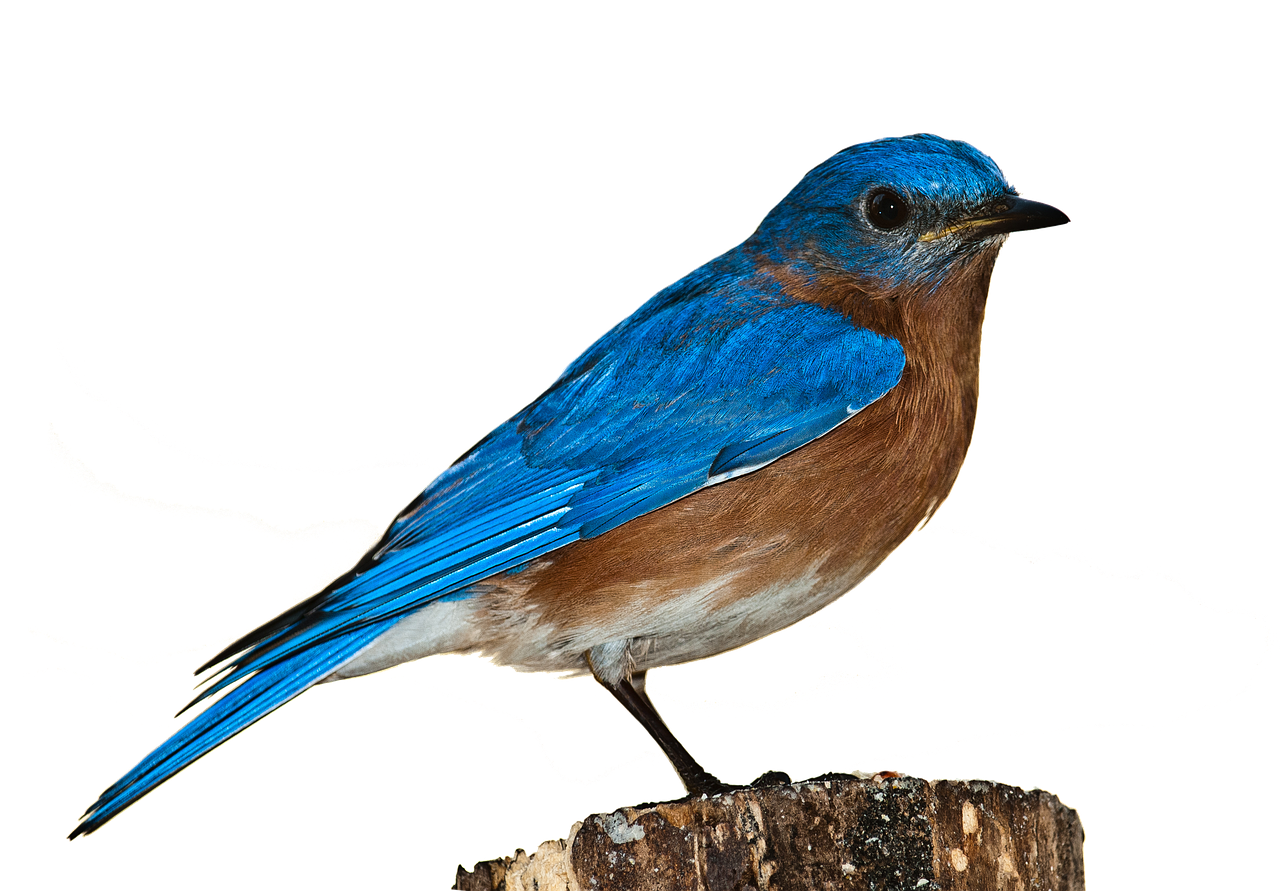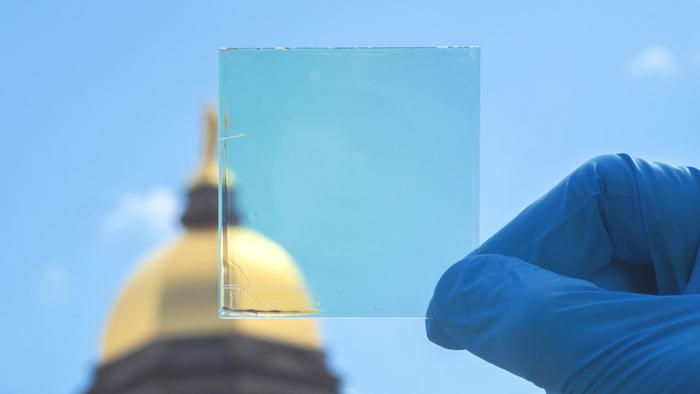The mesmerizing Eastern Bluebird, adorned with its stunning blue feathers, has captured the hearts of birdwatchers and nature enthusiasts for generations.
Blue Hue: Feather Structure, Not Pigments
Although its vibrant color is visually striking, what sets it apart is its uniqueness in not being based on pigments but rather on the intricate structure of the feathers. When examined under a microscope, these feathers unveil a network of channels with a diameter of only a few hundred nanometers. To put it into perspective, human hair is about 100,000 nanometers thick. So, something with a diameter of only a few hundred nanometers is thousands of times smaller than a human hair.
Scientists Replicate Bluebird Feather Structure for Innovative Applications
Prompted by this intriguing find, scientists from ETH Zurich’s Laboratory of Soft and Living Materials have delved into replicating this material in the lab for potential applications in batteries and water filters.
Experiments with transparent silicone rubber
Researchers initiated experiments with stretchable translucent silicone rubber, immersing it in an oily solution for swelling at 60 degrees Celsius. After cooling the material, they examined its nanostructure under a microscope, comparing it to that of the bluebird’s feathers.
They discovered similar network patterns, capable of not only producing a blue hue but also activating various other properties. The only difference was noted in the thickness of the channels formed. The bird’s feather measured around 200 nanometers, while the synthetic material measured 800 nanometers.
The researchers are now focusing on applications in batteries and water filters. For batteries, the material could replace liquid electrolytes with solid ones, leveraging its network structure of interconnected channels. In water filters, it could enhance and optimize the removal of contaminants like bacteria or other particles.






